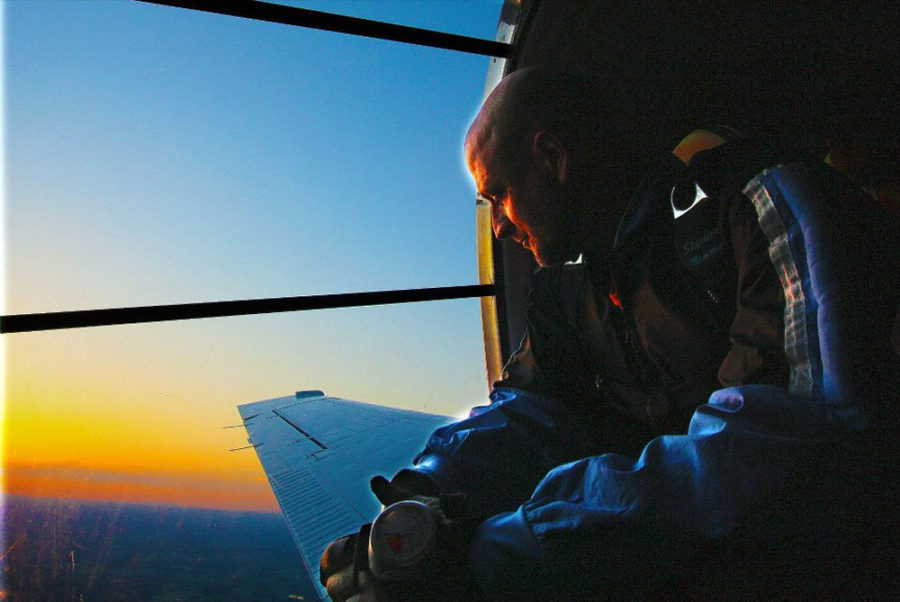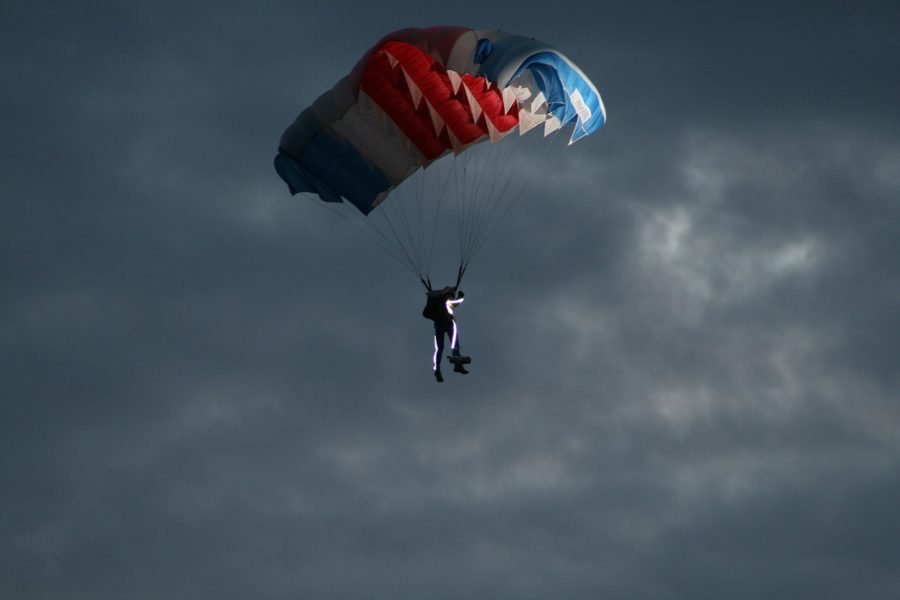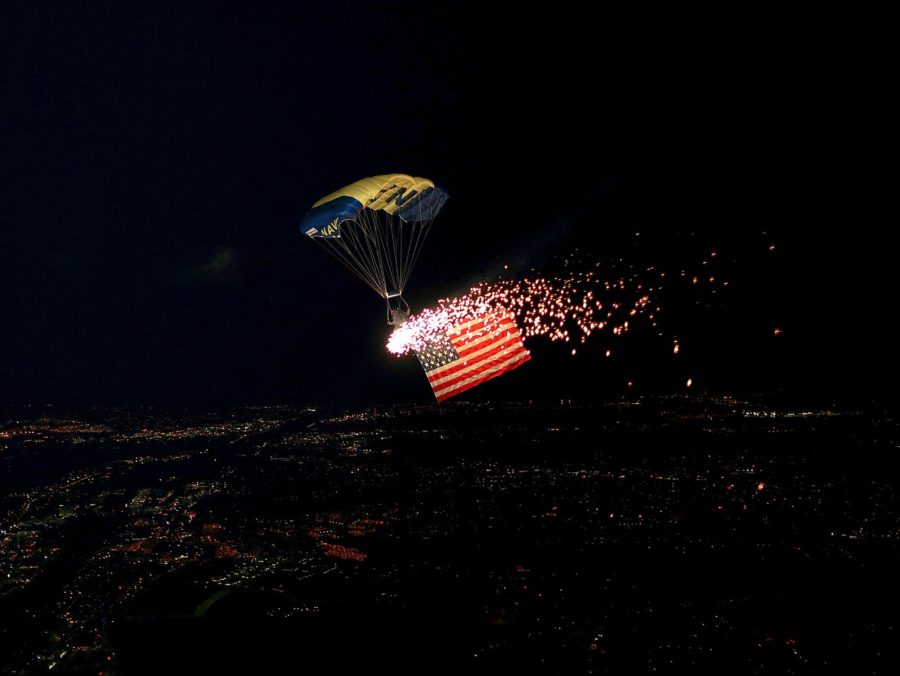There is nothing quite as captivating as the glimmering night sky. If you thought skydiving during the day was exhilarating, just give night time skydiving a try!
What is night skydiving?
Technically speaking, according to the United States Parachute Association Skydiver Information Manual, night skydives are any jumps completed between official sunset and official sunrise. However, night skydiving done to establish world records or to attain a pro-rating must take place between one hour after official sunset and one hour before official sunrise.

Can you skydive at night? The answer is yes, if you meet certain criteria. Night skydiving is challenging and fun, but there are several requirements one must meet before completing a skydive after dark.
Requirements for Night Skydiving
Unfortunately, there are no nighttime tandem skydives. In order to participate in night skydiving, you have to be an experienced skydiver, but not just any skydiving license will do! Because of the added challenges of night skydiving, an individual must, at a minimum, meet all the requirements for a USPA B license. (If you’re curious about the different USPA skydiving licenses or to learn more about achieving skydive licenses at Skydive Monroe, read here.)
The USPA B license is a skydiving license a jumper earns by completing at least 50 skydives and by demonstrating that they have certain canopy control skills (i.e. the individual is able to fly their parachute fairly well in various conditions and able to land with a certain degree of accuracy).
Prior to participating in nighttime skydiving, a skydiver is also required to sit through a comprehensive briefing. The briefing will typically cover the specific weather conditions on the night of the skydive and cover a few techniques to employ to make nighttime skydiving as safe as possible for everyone involved. Before getting geared up with special night time skydiving equipment, each skydiver will have the verifying official document in his or her logbook that they have received night skydiving training.
Fun Fact:
Up until the most recent USPA Board of Directors meeting held in Phoenix, Arizona, 31 January- 2 February of 2020, 2 night-time skydives were required to procure a D license, the highest level of licensure a skydiver can achieve.
Equipment Needed for Night Skydiving
As you can imagine, night time skydiving requires some specialty equipment. In order to be able to keep track of altitude, a skydiver will need to use an analog altimeter with a phosphorescent (aka glow in the dark) face or a digital altimeter that can light.
Jumpers are required to use clear goggles, a flashlight to check their canopy, and to bring along a light that is visible for at least three statute miles after they deploy the parachute. For the latter, jumpers will often use a special strobe light.

Night Skydiving Expectations
Ready, set, glow! Literally. At many drop zones, you will be given glow sticks to attach to your arms and legs.
After attaching the glow sticks, but before taking off in the aircraft for night skydiving, each skydiver will receive a thorough equipment check and be asked to sit in a dark area to allow his or her eyes to adjust to the low light. Before boarding the aircraft, each group will discuss exit order so there is maximum separation between jumpers. Once in the plane, light will be kept to a minimum. This is done to help preserve night vision.
Once the appropriate altitude is reached, it is time to view the world in a whole new way. Aside from the lights twinkling below, the world above seems even quieter after dark. Ambient noise seems to fall away, leaving only a peaceful, moonlit night—and you falling through it.
Finding the Landing Area at Night
As you can imagine, there is a limited amount of light at night. So, how do skydivers find the landing area during night skydiving? If the drop zone is located at a municipal, regional, or county airport, the taxiways are lit by a series of lights. In addition to this runway lighting, the dropzone may use floodlights or the headlights from cars lined up along the landing area. The abundant light helps skydivers to pick out the landing area during night skydiving.

Skydive Monroe hosts a variety of skydiving events throughout the year—including night time skydiving. Even if you’re not a skydiver, it’s a truly great time watching glowing jumpers fly and land. Don’t just take our word for it. Consider this your invitation to our next event!
Copyright © 2024, Skydive Monroe, All Rights Reserved.
DropZone Web Design & Marketing by Beyond Marketing, LLC



